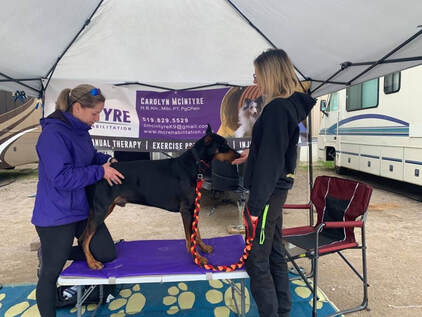|
What if one of the most common pieces of advice to heal an injury wasn’t actually effective? It's something we've been told since we're kids - apply ice to an injury. But what if I told you that icing an injury to reduce inflammation, once thought to speed up the healing process by reducing inflammation was simply not true? For years the procedure for acute soft tissue injuries was the RICE protocol (rest, ice, compression and elevate). This protocol had been used by doctors, trainers, and physical therapists for years but Dr. Gave Mirkin, the man behind this procedure and protocol, now disagrees. "My RICE guidelines have been used for decades, but new research shows rest and ice actually delay healing and recovery" (Berra 2019). Increasingly, current research from several systematic reviews and randomized control trials indicate that while icing can provide pain relief it doesn’t reduce inflammation or improve the healing process. Ice became a popular anti-inflammatory because it was the cheapest, non-habit forming way to alleviate pain. But once you remove ice the pain will return as the tissue re-warms and the inflammatory process resumes. The Inflammatory ProcessTo understand why ice isn’t effective at expediting healing, we need to understand the inflammatory process. We all have an inflammatory process (dogs too!) – it is a normal, natural, and necessary physiological response to injury or tissue damage. Inflammation starts the healing process and cleans out the damaging stimuli. Swelling and inflammation is considered a necessary evil – it increases your sensitivity to pain which in turn limits your ongoing activity to prevent additional injury. Basic physiology and tissue healing includes three main phases:
Alternatives to IceInflammation is a desirable process the body uses to heal itself. However, with inflammation comes the by-product of swelling. Too much swelling can be a bad thing so learning how to clear swelling from the area of an injury is a way you can help you dog in the healing process. Some of the particles found in inflammation fluid are too large to move through the vessels of the circulatory system and instead must move through the lymphatic system. The lymphatic system is comprised of lymph nodes and lymph vessels which drain fluid from the body's tissues. The lymphatic system, however, is a passive system reliant on muscle activation - so movement is necessary to propel fluid through these vessels. By sitting and icing an injury we work against the body's natural processes for dealing with an injury! So what else can we use to help reduce pain and swelling?
So what does this mean for you? You can use ice on your dog for temporary pain relief, but recognize that it won't affect swelling, function, or range of motion. The best strategy to reduce swelling is simply to wait it out- and let it do exactly what it was designed to do ReferencesBerra, Lindsay. "The Cold Hard Truth About Icing Your Injuries." Mens Health(Nov 2019).
Bleakley C, McDonough S, MacAuley D. The use of ice in the treatment of acute soft-tissue injury: a systematic review of randomized controlled trials. Am J Sport Med. 2004; 32:251 261. Bleakely, C., et al. Cryotherapy for acute ankle sprains: a randomized controlled study of two different icing protocols. Br J Sports Med. 2006; August 40(8):700-5; discussion 705. Dubois, Blaise and Jean-Francois Esculier. "Soft tissue injuries need PEACE & LOVE," Br J Sports Med. (2019) Jam, B. Questioning the use of ICE given inflammation is a perfectly healthy response following acute musculoskeletal injuries. (May 2014). Advanced Physical Therapy Education Institute
0 Comments
Leave a Reply. |
AuthorCarolyn McIntyre Archives
March 2024
Categories
All
|



 RSS Feed
RSS Feed